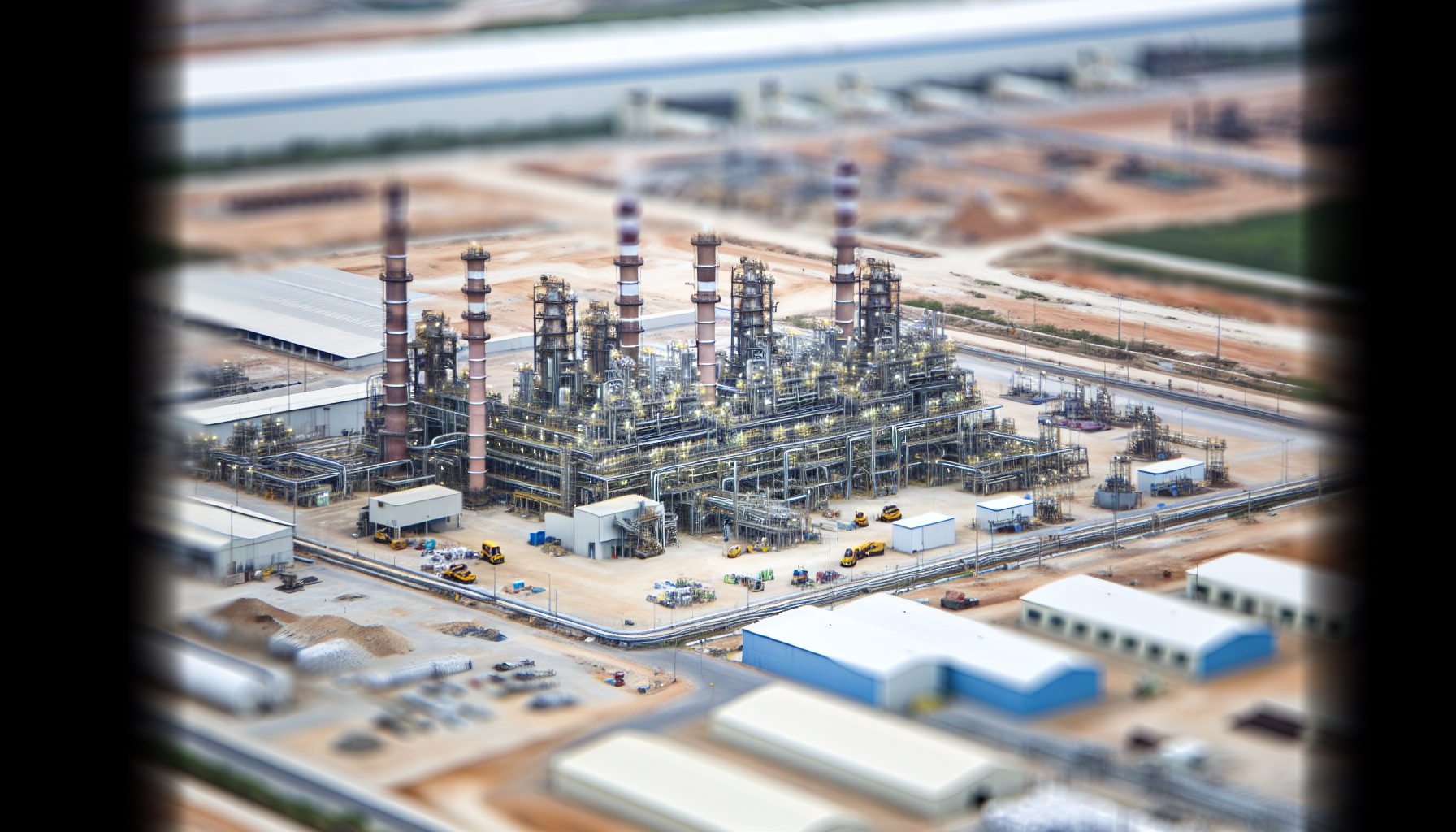The risk of nitrogen dioxide (NO2) exposure can have severe implications for worker health. Understanding and monitoring this toxic gas is paramount. With a yellowish-brown color and a pungent, acrid odor, NO2 is not only a byproduct of various industrial processes but also emanates from vehicle emissions and gas appliances used for cooking and heating. The properties of nitrogen dioxide render it a significant concern for employee safety, as even minimal exposure can lead to health complications. Effective monitoring is essential to protect industrial workers.
Understanding the Risks: Identifying Toxic Levels of Nitrogen Dioxide in Industrial Settings
The major sources of nitrogen dioxide in industrial environments primarily include combustion processes in power generation, manufacturing facilities, and transportation systems. It is crucial for industrial workers to recognize that acute exposure to NO2 can result in respiratory issues such as coughing, shortness of breath, and potentially lethal pulmonary edema. Studies have indicated that chronic exposure can be linked to an increase in all-cause mortality for every 10 ppb increase in NO2 concentration. This data underscores the urgent need for rigorous monitoring and adherence to safety protocols.
Recognizing the Symptoms: How Toxic Gas Exposure Impacts Workers’ Health
Workers need to be familiar with the symptoms associated with both short-term and long-term exposure to nitrogen dioxide. Short-term exposure can elicit noticeable respiratory problems, including coughing, wheezing, and chest discomfort. As symptoms evolve, individuals may experience more severe conditions, such as pulmonary edema. The importance of education cannot be overstated; workers and management alike must be equipped to recognize these symptoms early, enabling timely medical interventions.
Long-term exposure to NO2, particularly at elevated levels over extended periods, has been directly associated with heightened risks of cardiovascular diseases and respiratory complications. Specifically, chronic exposure can lead to respiratory-related mortality, making it imperative for industries to foster a thorough understanding of these risks among their employees. Training programs should be implemented to ensure that everyone in the workplace can identify warning symptoms and understand the potential health impacts of nitrogen dioxide exposure.
Implementing Effective Nitrogen Dioxide Monitoring Solutions for Industrial Safety
Effective monitoring of nitrogen dioxide levels is vital for ensuring a safe working environment. Best practices recommend the use of advanced detection technologies, notably electrochemical sensors, for reliable monitoring. These systems are integral for capturing real-time readings of NO2 concentrations, ensuring that levels remain within safe thresholds. Reliable systems should detect low concentrations to capture trace concentrations, which could otherwise lead to unnoticed hazards.
Regular calibration and maintenance of gas detection equipment are non-negotiable practices in achieving accurate monitoring. Calibration should occur every six months to ensure the sensors are operating within their specifications, as any failure in detection reliability could lead to catastrophic health outcomes. Keeping systems robust enhances nitrogen dioxide safety, allowing for immediate responses to hazardous conditions, thereby mitigating risks before exposure occurs.
As we delve deeper into the intricacies of nitrogen dioxide safety, the next section will explore emergency protocols necessary for safeguarding workers during potential exposure incidents. These protocols include comprehensive training and communication strategies that empower employees to act effectively in hazardous situations. By enhancing the safety culture through awareness and preparedness, industries can protect their workforce against the grave dangers posed by nitrogen dioxide exposure. Stay tuned for more insights on establishing these vital emergency protocols.
Establishing Emergency Protocols: Preparing for Nitrogen Dioxide Incidents
To tackle the potential hazards of nitrogen dioxide exposure, developing a comprehensive emergency response plan is critical. This plan should outline explicit procedures for handling NO2 leaks and elevated concentration incidents. Immediate actions are paramount: effective protocols must ensure that frontline workers can isolate affected areas and initiate emergency notifications promptly upon detecting NO2 levels that exceed safety thresholds.
Training employees on evacuation procedures, use of personal protective equipment (PPE), and first aid measures for NO2 exposure will prepare them to respond decisively and safely. Regular drills are indispensable for ensuring that workers are familiar with protocol responses, which can significantly reduce response times during real incidents. Establishing clear communication channels to alert personnel about NO2 hazards is essential; visible signage and regular safety meetings can enhance awareness and readiness throughout the industrial environment.
Enhancing Workplace Culture: Promoting Awareness Around Nitrogen Dioxide Safety
Creating a culture that prioritizes nitrogen dioxide safety involves proactive strategies to increase awareness among workers. Implementing monthly safety briefings and distributing informative materials not only fosters a commitment to safety but can significantly enhance awareness overall. Encouraging open dialogues about safety practices can strengthen the overall climate of vigilance within the workforce, prompting employees to report concerns and participate actively in safety initiatives.
Continuous education and training should be at the forefront of industrial safety programs. Workers must be regularly updated on the risks associated with nitrogen dioxide and the best practices for monitoring and response. When employees feel empowered with knowledge, they are more likely to adhere to safety protocols, significantly enhancing the overall safety landscape of the workplace.
Interscan: Your Partner in Nitrogen Dioxide Gas Detection Solutions
As industries put these protocols and practices in place, partnering with a reliable technology provider like Interscan can be a game changer. Interscan’s advanced gas detection solutions, including their electrochemical sensors, are tailored specifically for industrial environments and ensure the accurate monitoring of nitrogen dioxide levels. These systems provide real-time readings and trace-level detection, enabling immediate actions when hazardous conditions arise. Additionally, the quick-exchange sensor system offered by Interscan, known as the ‘Interchange Sensor,’ simplifies maintenance and ensures that detection capabilities remain top-notch.
Effective nitrogen dioxide monitoring, emergency preparedness, and a proactive safety culture are essential components for protecting industrial workers from this toxic gas. By prioritizing employee well-being and implementing strong training programs, industries can foster a safer, more productive workplace. Request a quote from Interscan to learn more about how they can assist your organization.


